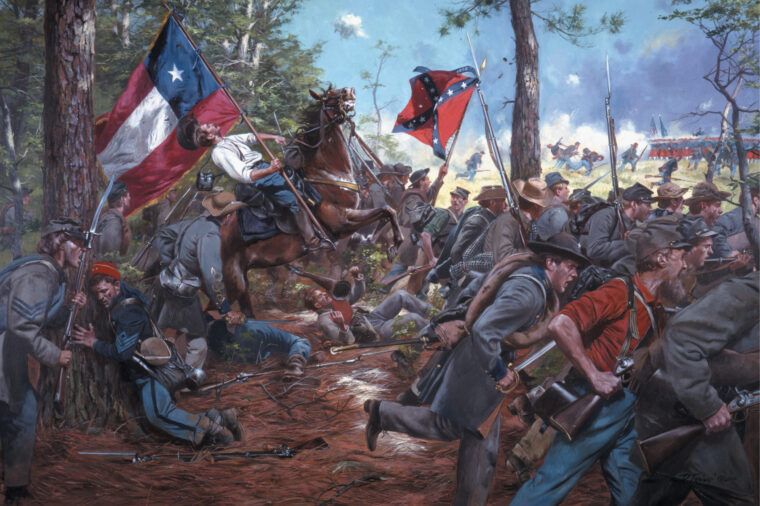
Return to Manassas
By John WalkerSent into north-central Virginia to threaten Richmond on a second front, McDowell had managed to get lost in the woods near Gainesville and lost touch with his command for 12 full hours. Read more

Sent into north-central Virginia to threaten Richmond on a second front, McDowell had managed to get lost in the woods near Gainesville and lost touch with his command for 12 full hours. Read more
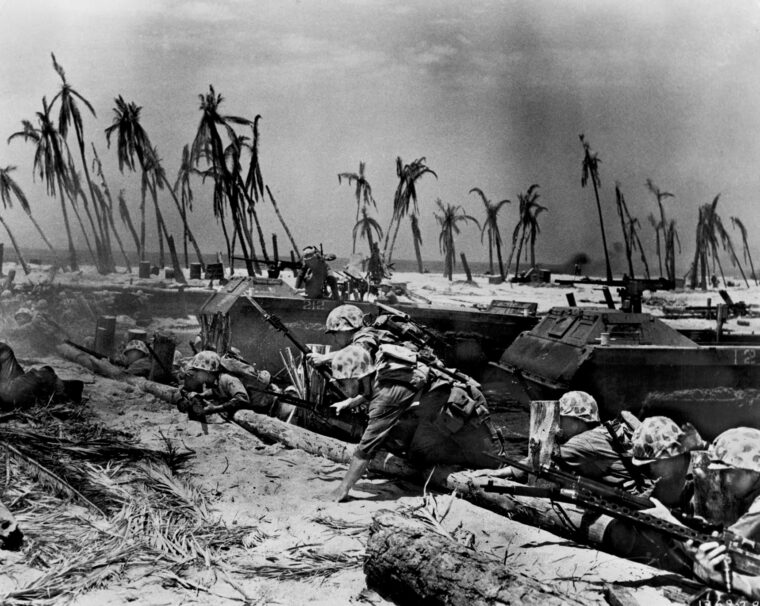
While making business calls in Tampa, Florida, during the summer of 1980, I spotted a strange looking tracked contraption atop an overgrown pedestal in front of the U.S. Read more
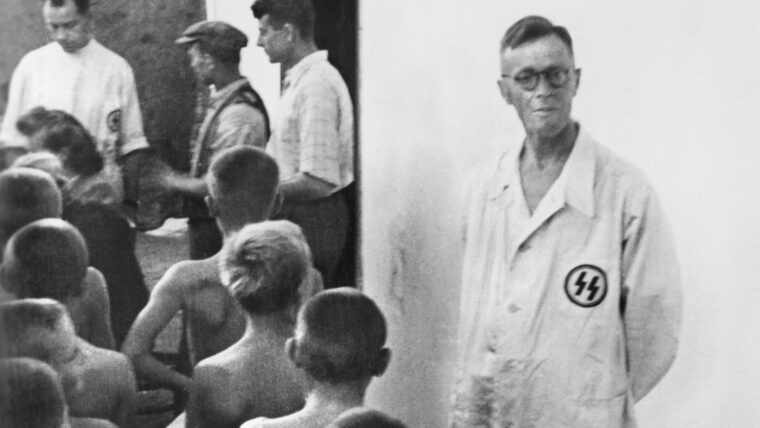
In the summer of 1943, Malgorzata Twardecki, a single mother living in Nazi-occupied Poland, received an ominous order to bring her five-year-old son to the local town council office by 6 the following morning. Read more
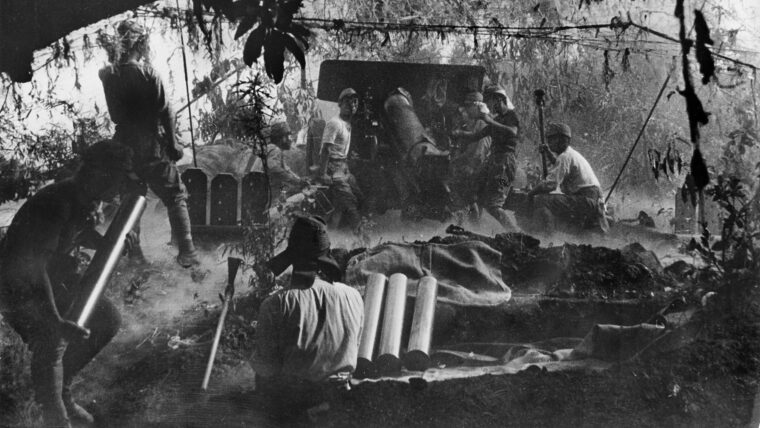
Following their impressive string of victories in Malaya, Hong Kong, Burma, the Dutch East Indies, and the Philippines, it appeared that the Japanese were invincible in the early days of World War II. Read more
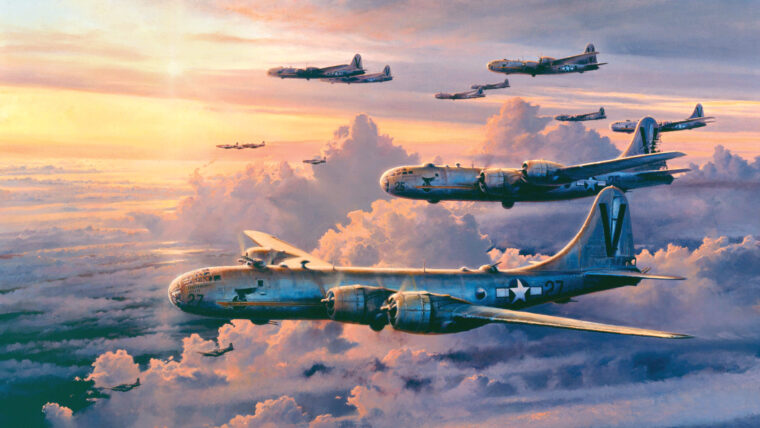
When the Boeing B-29 Superfortress crews poured out of the briefing at North Field, Tinian, on the afternoon of March 9, 1945, they were disgruntled. Read more
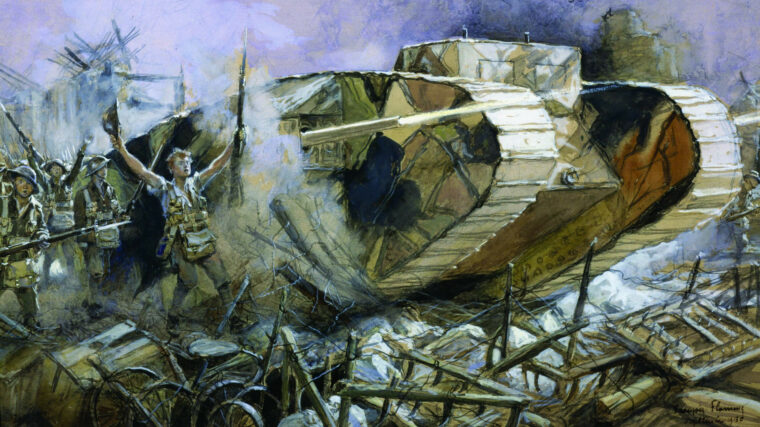
British Brig. Gen. Hugh Elles walked past the Mark IV tanks of H Company, a solitary figure amid metal monsters that looked, according to one jaundiced observer, like giant toads. Read more
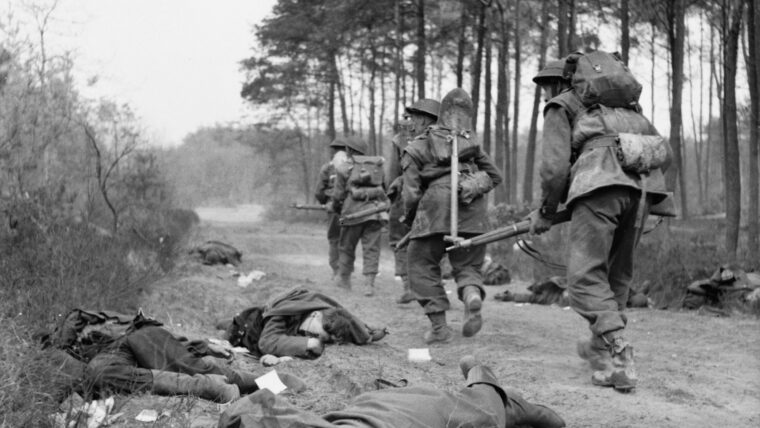
“I am busy getting ready for the next battle,” Field Marshal Sir Bernard Law Montgomery wrote his son David in early March 1945. Read more
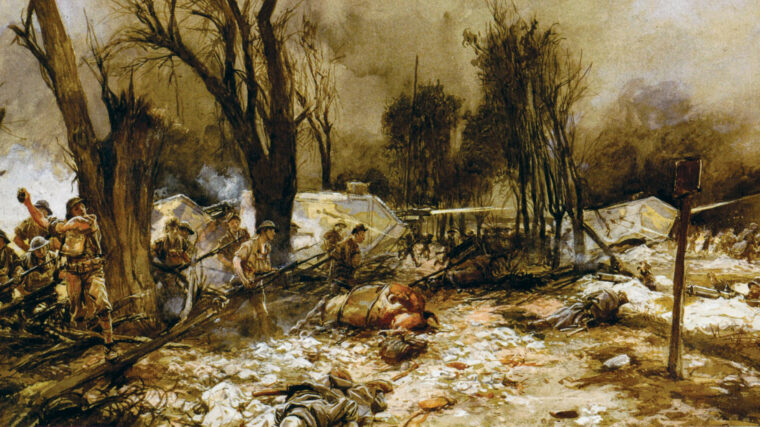
In director Howard Hawks’s 1941 film classic, Sergeant York, then-Corporal Alvin York, portrayed by Gary Cooper, single-handedly knocks out more than 30 German machine-gun nests and, with little assistance, captures 132 enemy soldiers. Read more

World War II was less than six months old when the American public, already stunned by the debacles at Pearl Harbor and Guam, faced one of its darkest moments. Read more

Contrary to popular belief, the Israelite army that assembled in Jordan in 1400 bc under Joshua’s command for the invasion of Canaan was not a rag-tag rabble of poorly armed fugitive ex-slaves without military experience. Read more
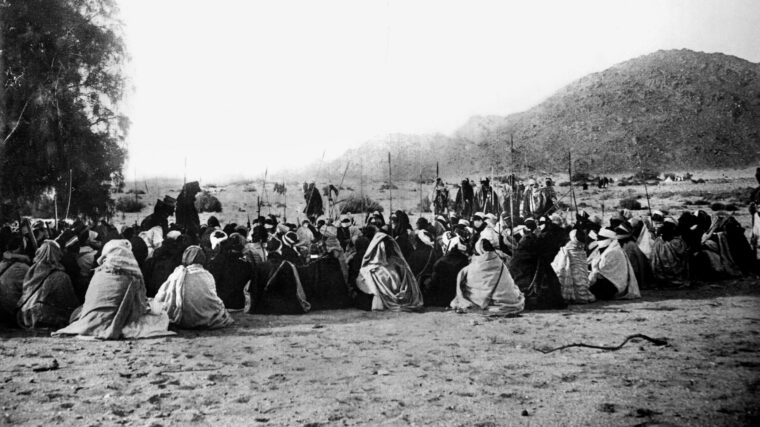
Compared to its sprawling British counterpart, the French colonial empire produced few notable heroes. One of these was Henri Laperrine, a talented but troubled officer who would help tame his part of the wilderness but, ultimately, would be destroyed by it. Read more
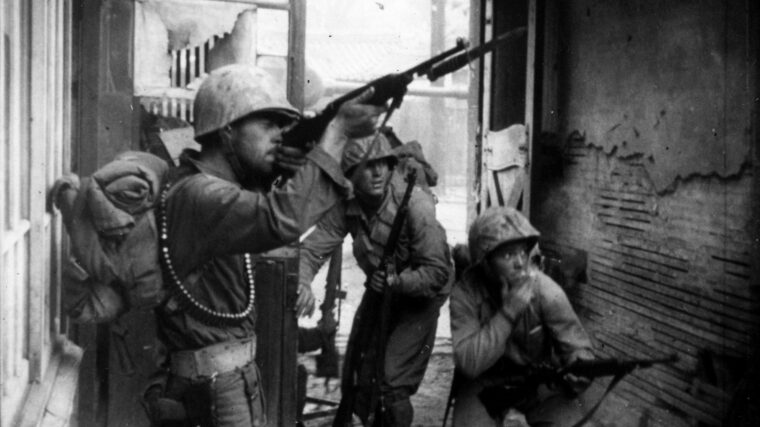
On September 15, 1950, the United Nations X Corps, spearheaded by two regiments of the U.S. 1st Marine Division, landed at Inchon, on South Korea’s west coast, 25 miles from the capital of Seoul. Read more
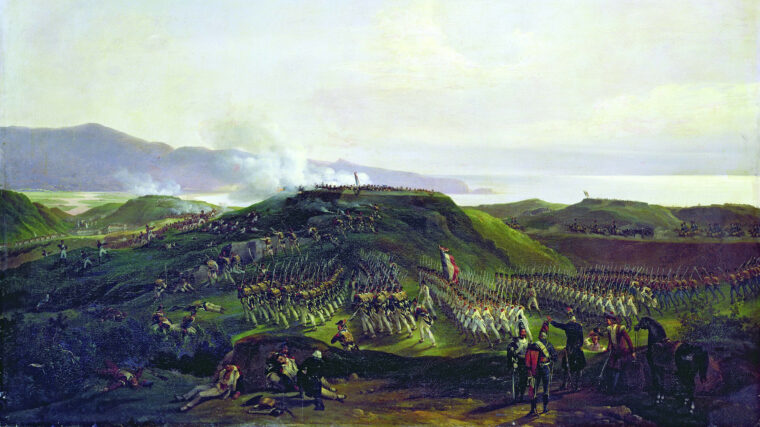
Wind billowed and waves crashed onto the deck of the massive 120-gun French flagship L’Ocean. From a window in his quarters, Captain General Charles Victor Emmanuel Leclerc studied the vast flotilla as it plowed through the lapping foam of the Atlantic. Read more
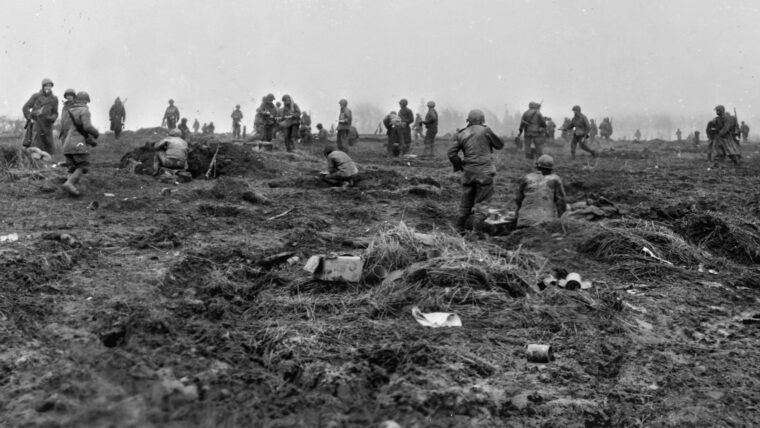
The sound of German artillery shells shrieking overhead from across the Siegfried Line was not the wakeup call Technical Sergeant Robert Walter of 3rd Platoon, L Company, 3rd Battalion, 393rd Infantry Regiment expected to receive on the morning of December 16, 1944. Read more
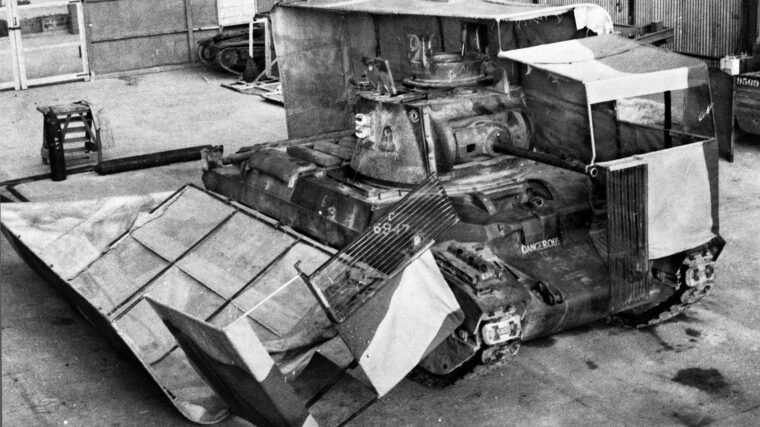
In July 1939, Archibald Wavell was named General Officer Commanding-in-Chief (GOC-in-C) of Middle East Command with the rank of full general in the British Army. Read more
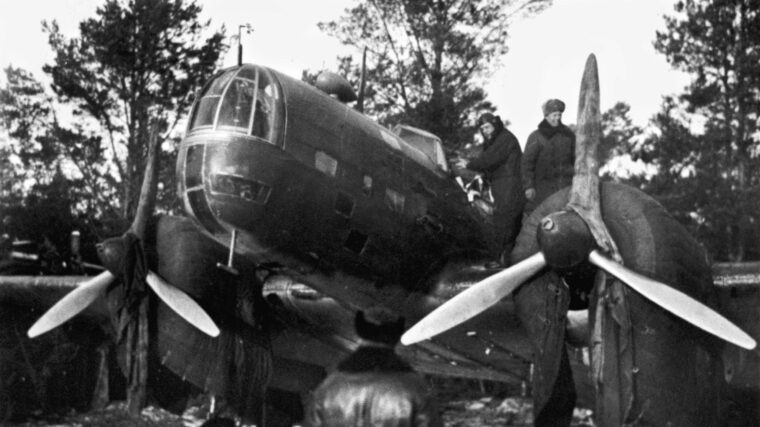
On July 22, 1941, exactly one month after invading the Soviet Union, German aviation conducted its first air strike on Moscow. Read more
The giant Martin PBM-3R “Mariner” landed with a kind of swanlike grace, its stubby bow parting the waters, transforming them into a series of white and foamy ripples that radiated from the seaplane’s wake. Read more
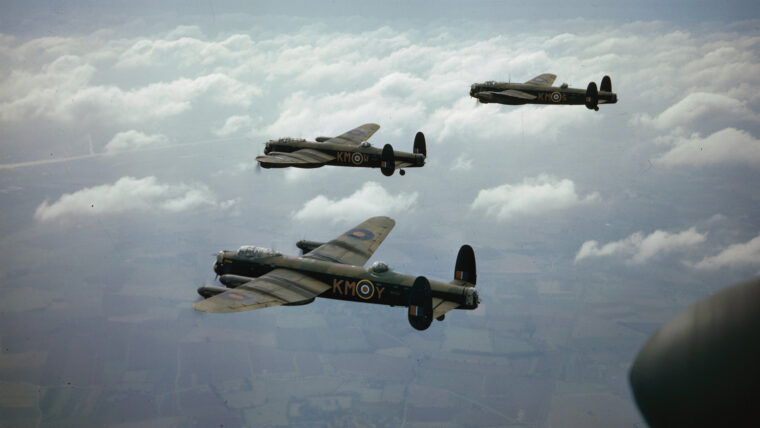
In the spring of 1942, the Allies were hard pressed battling German U-boats in the Atlantic as Britain was struggling to feed its people. Read more
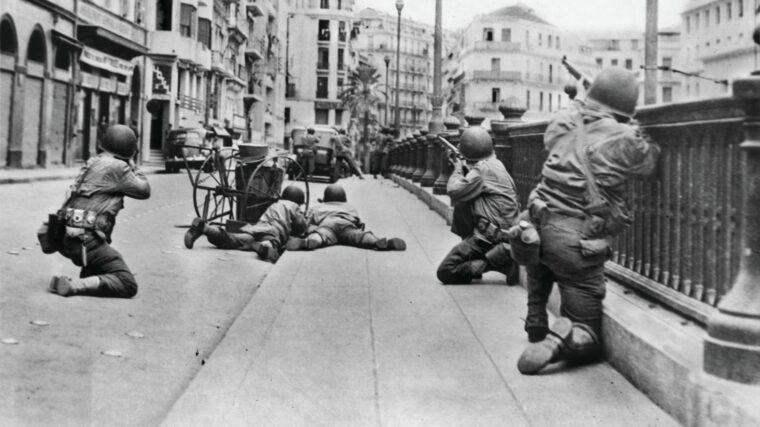
In November 1942, the Anglo-American invasion of North Africa, Operation Torch, caused a short but intense conflict with French forces loyal to the Vichy regime in power on the European mainland. Read more
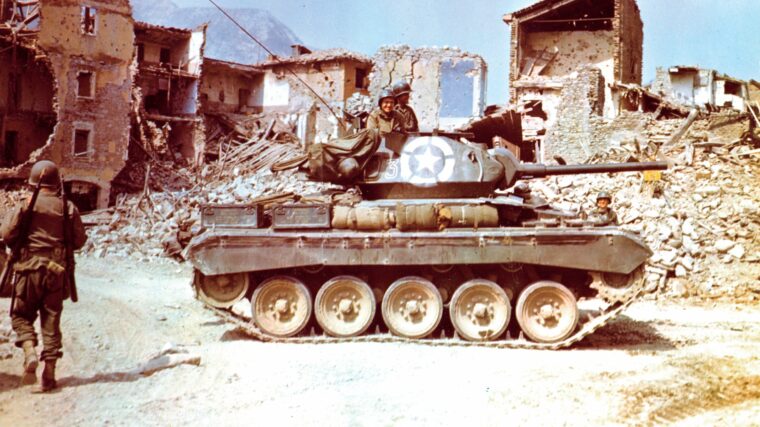
For the Allied armies in Italy, the final winter of World War II was one of planning, replenishment, and the continuing effort to make existence in a war-ravaged land in the midst of snow and ice as bearable as possible. Read more